Enhancing Financing Availability is Crucial for Achieving India’s Decarbonisation Goals
By Shantanu Srivastava and Tanya RanaFor India to achieve its net-zero target by 2070, a comprehensive transition to renewable energy is imperative. This necessitates a multifaceted approach, encompassing policy frameworks, investment strategies and technological advancements.
The country’s renewable energy policy framework has positioned it as a global leader in the segment. Installed renewable energy capacity grew 1.5x to 191 gigawatts (GW) (including large hydro) between the end of the fiscal year (FY) 2014 and 2024, representing 43% of total installed capacity in India.
The recent surge in allotted renewable energy tenders (4.2GW in Q3 2023 to 19.7GW in Q1 2024) reflects a strong momentum in the sector. The emergence of complex tenders like firm and dispatchable renewable energy indicates a strategic move towards addressing intermittency challenges of traditional solar or wind projects through technological advancements by ensuring a constant electricity supply.
According to research provider Bloomberg New Energy Finance, clean energy generation firms in India obtained US$5.8 billion in funding, comprising debt and equity, to facilitate the construction of new projects in the latter half of 2023. However, given the significant bidding activity witnessed in the last couple of quarters, finance availability will also need to grow in tandem.
Renewable Energy Assets Safe for Banks
Domestic banks and non-banking financial companies (NBFCs) provide most of the debt for greenfield renewable energy projects during construction. The lack of longer-term financing options from domestic banks means that projects are refinanced through capital markets after construction. This exposes operational projects to frequent market risks over their typical 25-year power purchase agreement (PPA) period.
The long-term funding of infrastructure projects by banks faces regulatory hurdles, notably under the Basel III framework, which discourages long-term loans. Additionally, the Reserve Bank of India’s (RBI’s) recent draft guidelines for bank lending for infrastructure projects require lenders to provision up to 5% for infrastructure project loans, impacting profitability and increasing costs. This may lead to more cautious lending, particularly affecting low-margin sectors like renewable energy.
Yet, the Indian renewable energy sector’s track record makes it a strong candidate for longer-tenor loans. The sector’s loss-given default (LGD), a key metric to gauge credit risk, is lower than other infrastructure assets like roads and thermal power, indicating its limited credit risk. As per the RBI, credit from domestic banking institutions to the petroleum, coal products and nuclear fuel sectors fell 13% year-on-year in January 2024 while it increased by 17% in the case of the renewable energy sector. Policy tailwinds such as long-term PPAs, must-run status for renewable energy projects and transmission cost waiver, along with quasi-sovereign bidding conducted for Firm and Dispatchable Renewable Energy projects, are key drivers of lender confidence.
In 2023, the State Bank of India (SBI) raised Rs100 billion through 15-year infrastructure bonds at a rate of 7.49%, with robust demand from domestic investors. The bank will use the proceeds to lend for longer-tenure projects like infrastructure assets. Other domestic banks too can adopt such a model, along with appropriate directives by the RBI, to raise long-term liabilities to match their longer-term renewable energy loan assets.
Enhancing Capital Market Access Necessary
Capital market financing and refinancing through bonds are crucial for the renewable energy sector. Developers can raise funds via global sustainable finance or the domestic bond market. However, the domestic market is shallow and illiquid, while the global market, although sophisticated, faces exchange rate risks due to volatile global interest rates.
In 2023, Indian companies witnessed a 14-year low in dollar bond fundraising, shifting to local borrowing due to unfavourable global interest rates and higher hedging costs. Additionally, limited sustainability data and varied standards complicate access to global sustainable finance markets.
A key reason for the fall in foreign currency-denominated bond issuances by domestic renewable energy companies is the currency risk that foreign investors face. Hedging costs will likely increase with the projected rise in rupee bond yields, leaving little incentive for foreign investors to invest in domestic bonds. Effective currency risk mitigation tools are essential in this context. Subsidising the cost of rupee hedging through a renewable energy sector-specific facility will help reduce hedging costs and help raise global capital for foreign currency-denominated debt for the sector.
Unlocking DII Capital
Engaging large domestic institutional investors (DIIs) like pension funds and insurance companies, which account for nearly 40% of bond market investments, is crucial to boosting investment in renewable energy projects via the domestic bond market. Many renewable energy bonds struggle to secure DII investment due to ratings below the AA threshold required by pensions and insurers. This suggests that RBI’s measures, such as partial credit enhancement and credit default swaps, have had limited success.
Infrastructure investment trusts (InvITs) can attract DIIs by monetising renewable energy assets with high credit ratings. InvITs reduce risk through diversified assets, mandatory distribution of 90% of net cash flows, a 70% leverage cap, and limits on under-construction assets. A state-owned renewable energy sector InvIT can be a viable option for investing in clean energy projects and attracting DII capital.
With a slew of credible renewable energy projects in India’s pipeline, the next step for the government should be to enhance finance availability. While significant reforms in banking and capital markets are necessary for structural changes, targeted reforms can yield immediate results and accelerate renewable energy financing in India.


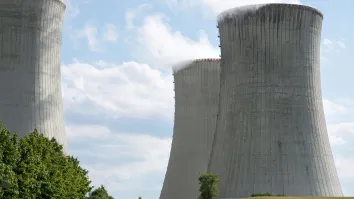
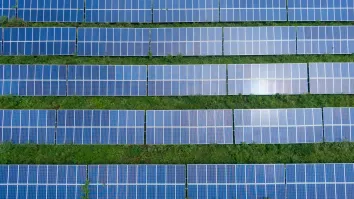
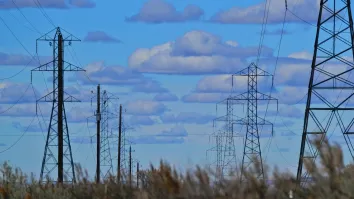




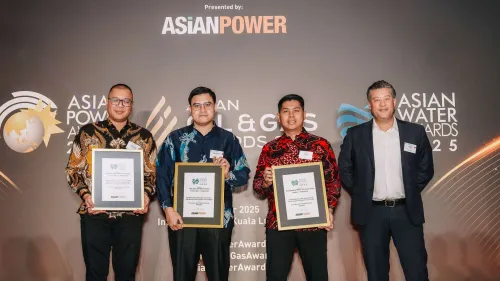

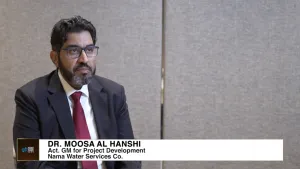






 Advertise
Advertise






